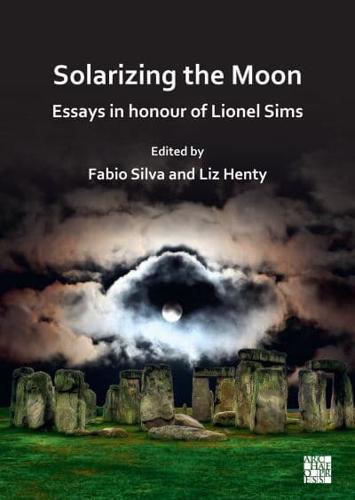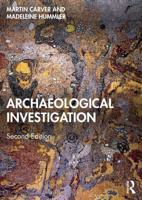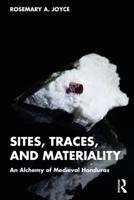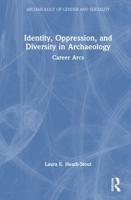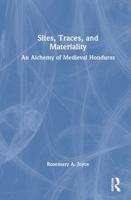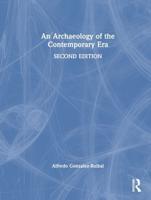Publisher's Synopsis
In the United Kingdom and Europe generally, the study of prehistoric monuments has long been the domain of archaeologists who excavate, measure, date and record them. From the 1960s onwards, archaeoastronomers provided an alternative picture based on their belief that the builders understood celestial movements and consequently enshrined astronomical alignments into their monuments. This picture was highly contested by most archaeologists and the two fields, archaeology and archaeoastronomy, have gone their separate ways. One of the scholars who broke this stalemate was Lionel Sims who, as an anthropologist, had a wealth of ethnographic material to draw from, allowing him to envision archaeoastronomy from a multidisciplinary perspective by combining a number of methodologies and approaches to examine how archaeoastronomy could deal with cultural complexity.
Lionel Sims has produced an influential body of work which has challenged existing narratives about British prehistoric monuments and, equally importantly, provided innovative ways to approach and think about skyscapes. His work is not without controversy, but his unique take and thought-provoking conclusions have had an impact on the thinking of numerous students and collaborators. This festschrift gathers contributions from many of his colleagues who wish to honour and pay their respects to him. Following an introduction that discusses the legacy of his work, the volume delves deeper into three areas: Anthropology and Human Origins, Prehistory and Megalithic Monuments, and Theory. Its thirteen chapters contextualise Lionel's work and expand it in new and exciting directions for skyscape archaeology.
